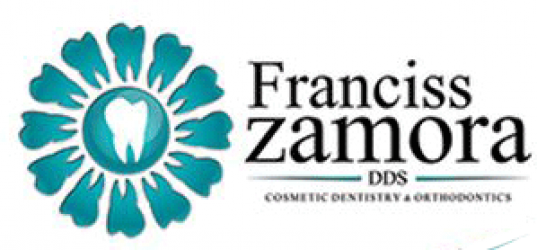What is an Orthodontist?
In much the same way as doctors choose to specialize in areas such as cardiology and neurology, dentists can also choose to specialize. Orthodontics is a dental specialty which aims to prevent, diagnose and treat facial and dental irregularities, such as malocclusions (bad bites). Many orthodontic practices are limited to dentofacial orthopedics and general orthodontics but can successfully treat patients of any age.
Orthodontists are fully qualified dentists who embark on a further three years of university-based study and gain extensive clinical experience in an orthodontic residency program. The American Association of Orthodontists (AAO) is the regulating body for this branch of dentistry. Selecting an orthodontist who is a member of this organization adds the assurance that treatment is being administered by an individual with specialty education in oral biology and biomechanics. The AAO recommends that children should first be examined by the orthodontist around the age of seven, to ensure that jaw and tooth irregularities are not beginning to form.
What does an orthodontist do?
Orthodontists are experts in correcting misalignments of the teeth and jaw. There are many debilitating problems associated with misalignment, for example, speech defects, difficulties chewing and difficulty maintaining adequate oral hygiene.
Here is a brief overview of some of the most common issues an orthodontist can successfully treat:
- Anteroposterior deviations – Common examples of anteroposterior deviations include underbite (the lower teeth are positioned further forward than upper teeth) and overbite (the upper teeth are positioned further forward than the lower teeth). Both of these deviations can cause difficulty articulating and chewing.
- Overcrowding – Overcrowding is one of the most common problems orthodontists treat. On occasion, lack of jawbone space means adult teeth cannot erupt in alignment with existing teeth. The orthodontist is able to realign the teeth using a number of unobtrusive devices and treatments.
- Aesthetic issues – In some cases, the shape of the whole face is negatively impacted by malocclusions or a bad bite. The orthodontist can restructure and realign the jaw, lips and teeth to create a beautiful, even smile.
How does an orthodontist realign jaws and teeth?
Initially, the orthodontist conducts a thorough examination of the jaw and teeth. Panoramic X-rays and study models (bite impressions) will be taken prior to the orthodontist making treatment recommendations. The orthodontist will recommend the best treatment plan for the patient’s particular condition.
Here is a brief overview of some of the treatments orthodontists may use:
- Dental braces – The combination of brackets (which are affixed to each individual tooth), and an archwire (which connects each bracket) are commonly placed to gently train the teeth into proper alignment. Dental braces can be made of metal, ceramics or clear (“invisible”) materials.
- Headgear and facemasks – These devices are generally used to correct a developmental problem, such as an overbite or an underbite. In addition to the dental braces, the orthodontist will design the headgear and/or facemask which fit around the head and attaches to the braces. This structure will further encourage the teeth and jawbone into alignment.
- Retainers – After the orthodontist has realigned the teeth using dental braces, removable devices or a headgear, a retainer may then be provided to ensure that the teeth do not begin to move back toward their original positions. Retainers are generally worn until the underlying bone has reformed into the correct position.
If you have any questions about orthodontists and the treatments they provide, please contact our office.
